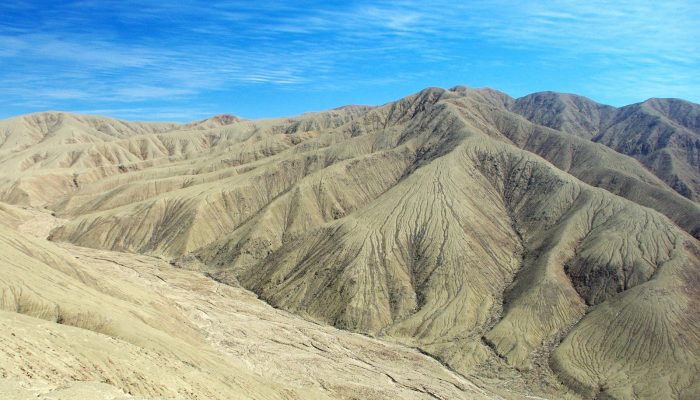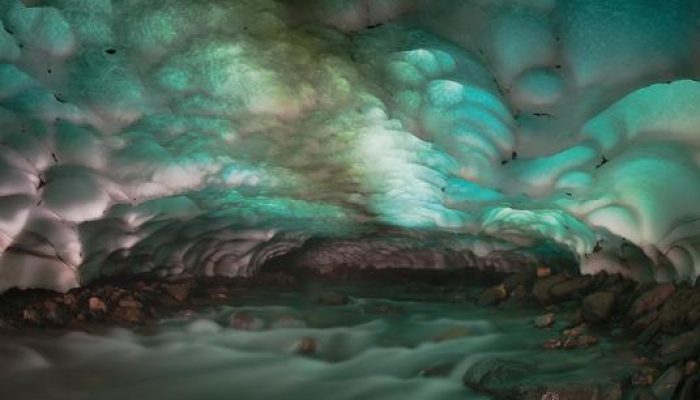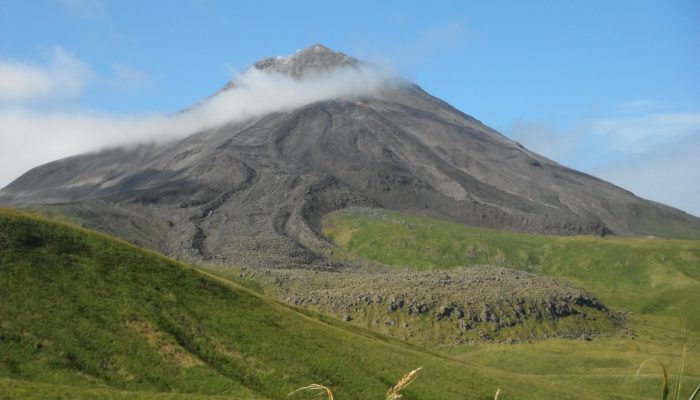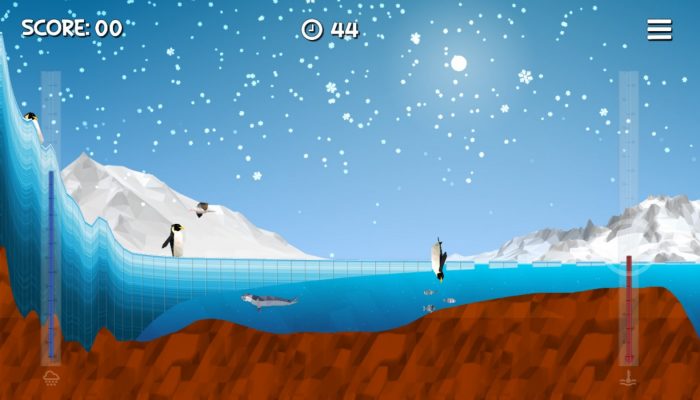The Spring School on “Statistical analysis of hyperspectral and high-dimensional remote-sensing data using R” was organized by the GIScience group lead by Prof. Alexander Brenning and two researchers from his GIScience research group, Patrick Schratz and Dr. Jannes Münchow. The school brought together a diverse group of 28 researchers (e.g. geoscientists, forestry, environmental studies) at differ ...[Read More]
If you didn't find what you was looking for try searching again.
GeoLog
Science bloggers – join the 2017 General Assembly blogroll!
Will you be blogging at the 2017 General Assembly? If so, sign up here and we’ll add you to our official blogroll. We will be compiling a list of blogs that feature posts about the EGU General Assembly and making it available on GeoLog, the official blog of the European Geosciences Union. We’d ask you to write posts that relate directly to the Assembly during the conference in Vienna (23 – 28 Apri ...[Read More]
GeoLog
Imaggeo on Mondays: Erosion
In mountainous regions precipitation – be that in the form of rain, hail or snow, for example – drives erosion, which means it plays an important part in shaping the way the landscape looks. Precipitation can directly wear away at hillsides and creates streams and rivers, which leave their mark on the scenery by cutting and calving their way through it. Take for instance the hills in the arid coas ...[Read More]
Seismology
EGU Seismology Division 2017 visibility survey
Dear Seismology Division blogpost, Facebook and Twitter followers, The EGU Seismology Division has prepared an online survey to investigate how members are following our division’s activities online. The data we will acquire through this simple survey allows us to learn how we can improve our visibility and to which activities we could further focus. The results will NOT be used for any comm ...[Read More]
Cryospheric Sciences
Image of the Week – Ice on Fire (Part 2)
This week’s image looks like something out of a science fiction movie, but sometimes what we find on Earth is even more strange than what we can imagine! Where the heat of volcanoes meets the icy cold of glaciers strange and wonderful landscapes are formed. The Kamchatka Peninsula, in the far East of Russia, has the highest concentration of active volcanoes on Earth. Its climate is cold due ...[Read More]
GeoLog
Making a poster or PICO presentation: top tips from the Outstanding Student Poster and PICO (OSPP) Award judges
Every year at the General Assembly hundreds of students present their research at the conference with a lot of time and effort going into preparing these presentations. With the aim to further improve the overall quality of poster presentations and more importantly, to encourage early career scientists to present their work in the form of a poster, the OSP Awards (as they were formerly known), wer ...[Read More]
GeoLog
Imaggeo on Mondays: Lava highway in Kanaga Island
On a rare sunny day, Mattia Pistone (a researcher at the Smithsonian Institution in Washington DC) was able to capture this spectacular shot of Kanaga, a stratovolcano in the remote Western Aleutians, which is usually veiled by thick cloud. The Western Aleutians form a chain of 14 large and 55 small volcanic islands, belonging to one of the most extended volcanic archipelagos on Earth (1900 km), s ...[Read More]
WaterUnderground
WTF of the WTF method
by Tara Forstner, University of Victoria I recently wrote a term paper for one of my graduate classes on the limitations of the water table fluctuation (WTF) method, and I have to say, WTF! Techniques using groundwater level fluctuations as a means of calculating recharge are very common. With observation well hydrographs and precipitation data, this method can be applied quite simply, requiring n ...[Read More]
GeoLog
EGU 2017: How to make the most of your time at the General Assembly without breaking the bank
Attending a conference is not cheap, even if you’ve been lucky enough to secure some funds to help with travel, accommodation and/or registration costs. However, with a little insider knowledge from those who’ve attended the General Assembly many times before, it is possible to have a (scientifically) rewarding week in Vienna, without breaking the bank. Before you get there A sure way to save a fe ...[Read More]
Cryospheric Sciences
Image of The Week – Ice Flows!
Portraying ice sheets and shelves to the general public can be tricky. They are in remote locations, meaning the majority of people will never have seen them. They also change over timescales that are often hard to represent without showing dramatic images of more unusual events such as the collapse of the Larsen B Ice Shelf. However, an app launched in the summer at the SCAR (Scientific Committe ...[Read More]








